Increased Investment in R&D
The Printed and Flexible Sensor Market is benefiting from increased investment in research and development across various sectors. Companies are recognizing the potential of printed and flexible sensors in enhancing product functionality and performance. This investment is likely to lead to breakthroughs in sensor technology, including improved sensitivity, durability, and integration capabilities. As industries such as automotive, healthcare, and consumer electronics allocate more resources to R&D, the demand for innovative sensor solutions is expected to rise. This trend suggests a promising future for the Printed and Flexible Sensor Market, as advancements in technology could lead to new applications and expanded market opportunities.
Growth in Wearable Health Devices
The Printed and Flexible Sensor Market is poised for growth due to the increasing adoption of wearable health devices. These devices, which monitor various health metrics, rely heavily on advanced sensor technology to provide accurate and real-time data. The market for wearable health technology is expected to surpass 60 billion dollars by 2025, indicating a robust demand for printed and flexible sensors that can be integrated into these devices. The lightweight and conformable nature of these sensors allows for comfortable wear, making them ideal for continuous health monitoring. As consumers become more health-conscious and seek innovative solutions for personal health management, the Printed and Flexible Sensor Market is likely to benefit from this trend, driving further advancements in sensor technology.
Rising Demand for IoT Applications
The Printed and Flexible Sensor Market is experiencing a notable surge in demand driven by the proliferation of Internet of Things (IoT) applications. As industries increasingly adopt IoT technologies, the need for sensors that can seamlessly integrate into various devices becomes paramount. Printed and flexible sensors, known for their lightweight and adaptable nature, are particularly well-suited for this purpose. According to recent estimates, the IoT market is projected to reach a valuation of over 1 trillion dollars by 2025, which could significantly bolster the Printed and Flexible Sensor Market. This trend indicates a shift towards more interconnected systems, where sensors play a crucial role in data collection and transmission, thereby enhancing operational efficiency across sectors such as healthcare, automotive, and smart cities.
Emergence of Sustainable Technologies
The Printed and Flexible Sensor Market is witnessing a shift towards sustainable technologies, which is becoming a key driver of growth. As environmental concerns gain prominence, industries are increasingly seeking eco-friendly alternatives in sensor manufacturing. Printed and flexible sensors, often made from biodegradable materials, align with this trend, offering a sustainable solution without compromising performance. The market for sustainable electronics is expected to grow significantly, with projections indicating a potential increase in demand for environmentally friendly sensors. This shift not only addresses consumer preferences for sustainable products but also encourages innovation in sensor design and materials, thereby fostering growth in the Printed and Flexible Sensor Market.
Advancements in Smart Packaging Solutions
The Printed and Flexible Sensor Market is significantly influenced by advancements in smart packaging solutions. As consumer preferences shift towards more interactive and informative packaging, the demand for sensors that can monitor product conditions, such as temperature and humidity, is increasing. The smart packaging market is projected to grow at a compound annual growth rate of over 7%, which could enhance the adoption of printed and flexible sensors. These sensors enable brands to provide real-time information to consumers, ensuring product quality and safety. This trend not only benefits manufacturers by reducing waste but also enhances consumer trust, thereby creating a favorable environment for the Printed and Flexible Sensor Market to thrive.

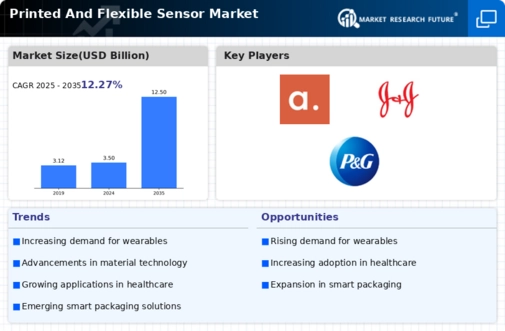
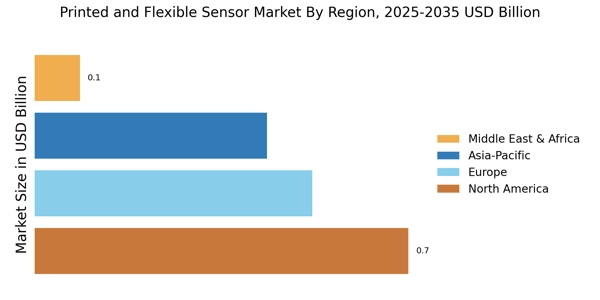

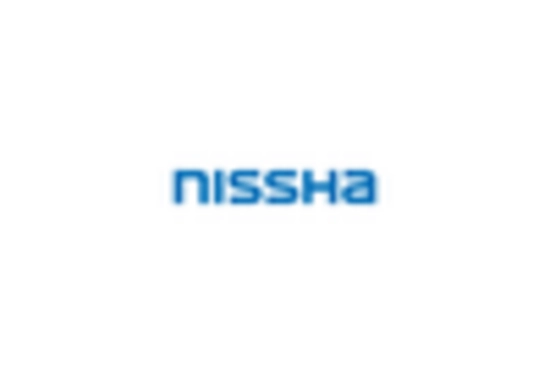

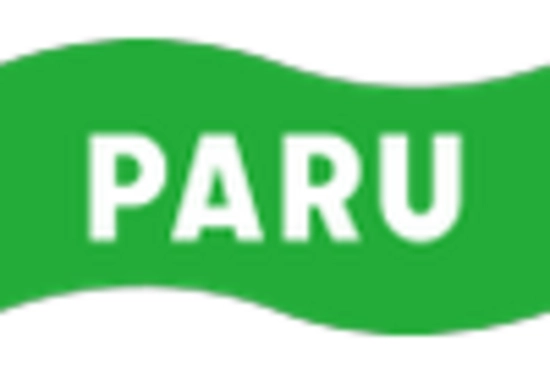
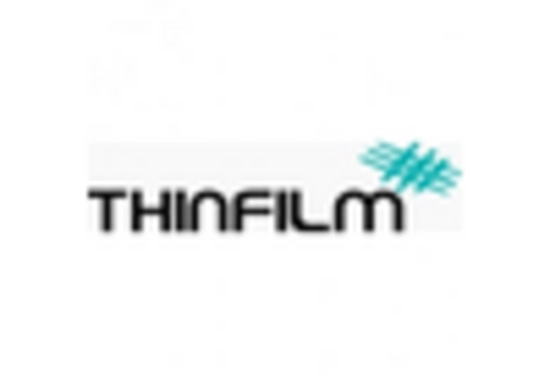
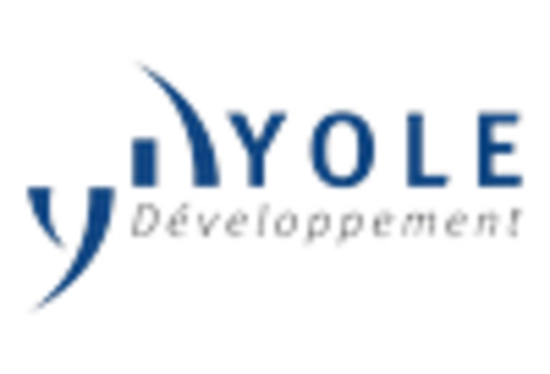








Leave a Comment